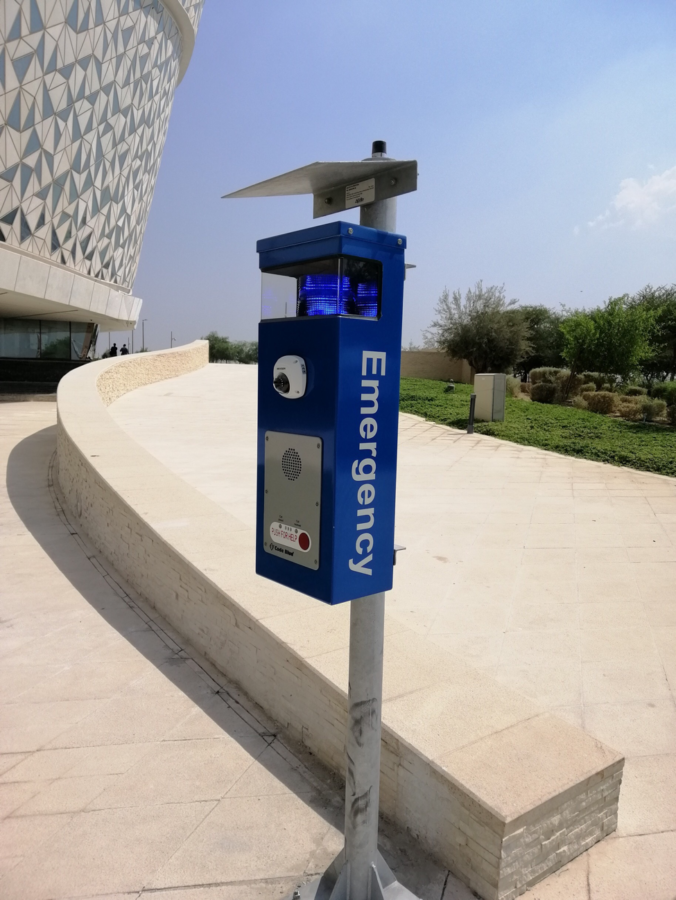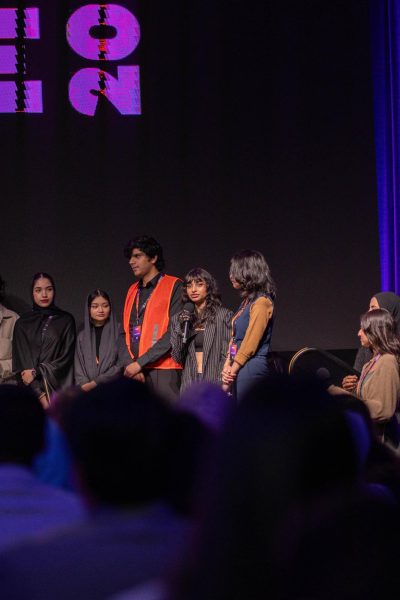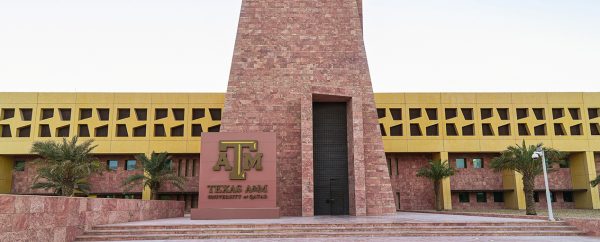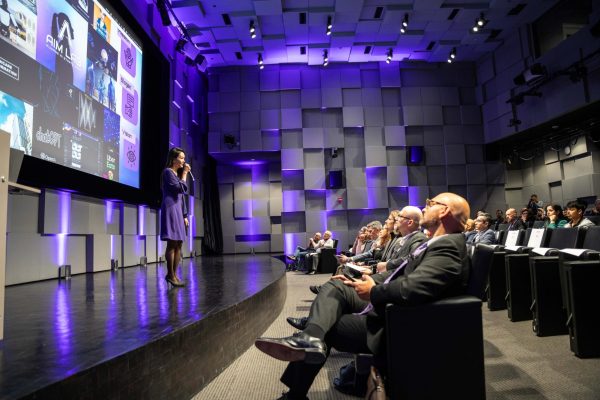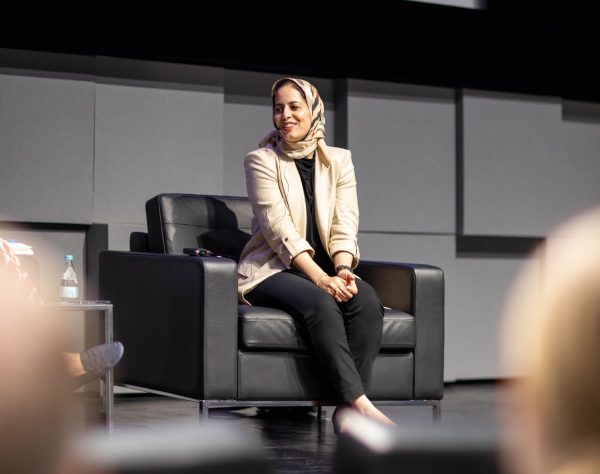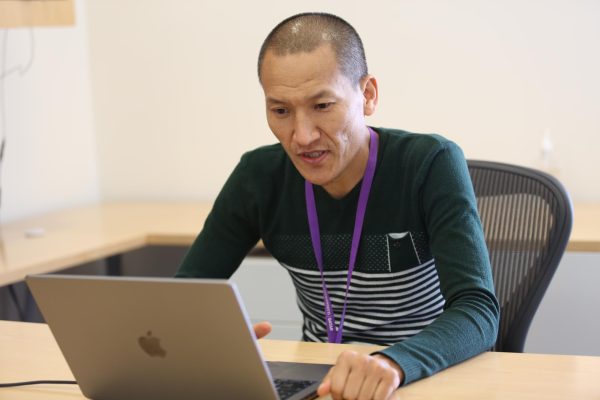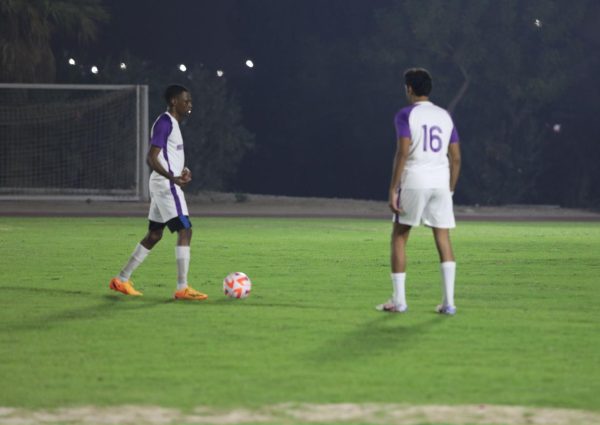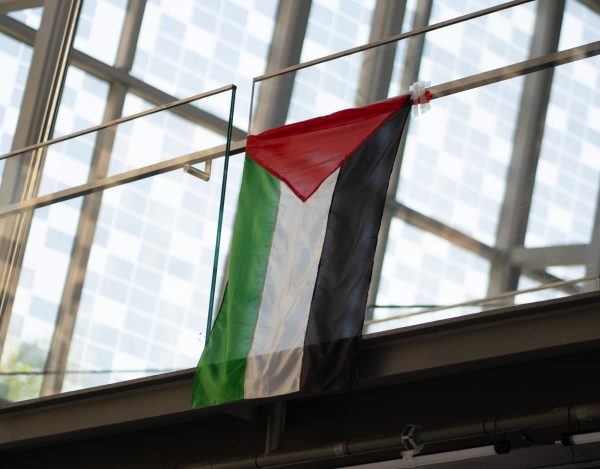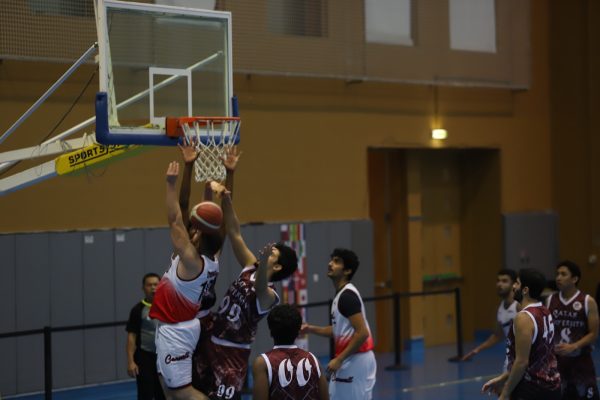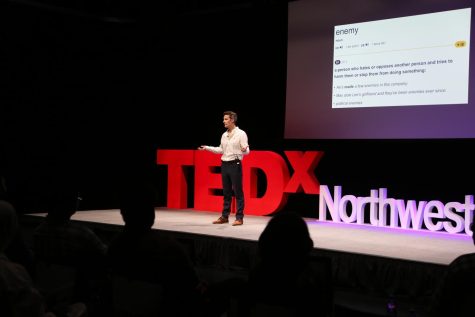Latest Security Measure at Education City: The Code Blue Phones
Qatar Foundation’s Health, Safety, Security and Environment department has installed Code Blue phones at 12 different locations throughout Education City. This new initiative is in line with its aim to provide a secure and sustainable setting for work and study, according to HSSE.
The Code Blue (a term used to signify emergency situations) phones initiative is an addition to the existing security system at EC, which include the 4454-0999 emergency hotline, and the ever-present company of security personnel deployed all over QF. The phones are a 21st Century version of the ‘Emergency Telegraph Call Boxes’ first used in the United States in the 1800s.
The Code Blue phones have been installed in public spaces, while keeping in mind the location of the closest assembly point during emergencies, according to Nasser Ibrahim Al-Muhannadi, director of security at QF HSSE department. A couple of these phones have been installed throughout Oxygen Park, for instance. A few others have been fitted in car parks all over Education City, like the QF Head Quarters underground carpark and Ceremonial Court car park.

“The project started over a year ago, and we took inspiration from the success this concept has had in university campuses worldwide,” Al-Muhannadi said.
Al-Muhannadi said the roll-out of fiber optic cables needed for the phones the biggest logistical challenge. However, this was overcome by using the Global System for Mobile technology, which makes use of digital cellular technology to establish communications. He also noted that this is just the first phase of the project, and more Code Blue systems are likely to be deployed in the northern campus of Education City.
“Education City is not a confined community; many [outsiders] visit the area on a daily basis. These people are not aware of the proper emergency procedures–the 4454-0999 hotline, for example—we have in place here,” said Mohamed Mahmoud Elbahiry, security specialist at QF’s HSSE Directorate. “In order to facilitate them, we came up with this solution, and of course, the existing members of the district will also find this resource quite advantageous.”
To use the phones, the user must press the red button on the device, and they will immediately be connected to QF’s security control room. Using the aural and visual aids in the device, one may report any mishap they encounter. The operators in the room will then, using the Internal Vehicle Monitoring System, immediately dispatch a patrol vehicle that is nearest to the location of distress call. According to Elbahiry, “Our response time is between two to three minutes. It is a two-way communication system, so users can also receive instructions by operators, in health emergencies, for instance.”
“We hope that the Code Blue initiative will act as a deterrent to acts like harassment, while also helping people to report medical emergencies,” Al-Muhannadi said, adding that learning can only really take place in a safe and sound environment, and that QF is committed to providing just that.
While some students agree that the initiative itself is a good one, there is also general agreement that little has been done to make the EC community aware of the installation of these devices.
Usman bin Rashid, a Texas A&M freshman, said, “The Code Blue phones are a useful tool for reporting emergencies in Education City, but I feel that not much has been done by universities and QF to make students aware of their functions and locations.” He added that if he were to encounter an emergency, he would report it to a security guard present nearby instead of using the phones simply because he is unaware of the locations of the phones and how to use them.
“I feel a lot safer going out in public spaces knowing now that these phones have been installed,” said Tanieshaa Shrestha, a freshman at Northwestern University Qatar, “but perhaps Qatar Foundation should have done more to promote the installation of these devices because I don’t think a lot of us within the EC community know a lot about the presence and function of these devices.”



